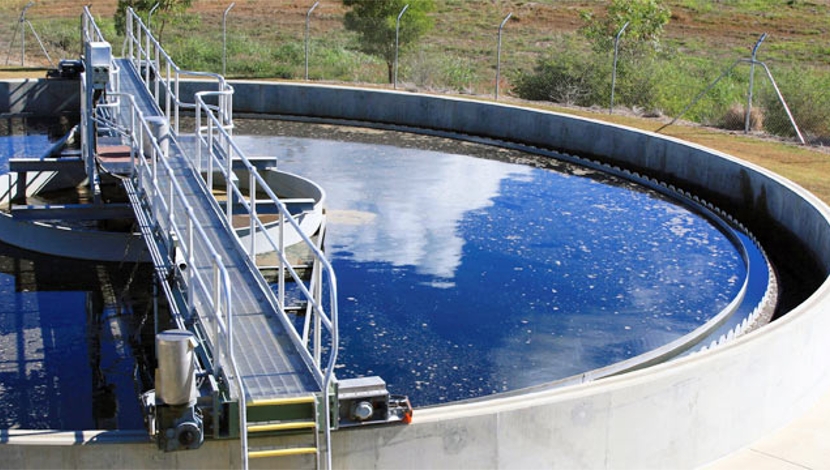

Despite the hype around the latest sovereign downgrades, South Africa has not hit rock bottom, nor has it experienced the worst-case scenario – a full downgrade to junk to include local currency debt ratings.
Hanging in the balance, in particular, were the potential further downgrades of the nation’s local debt by ratings agencies Standard & Poor’s (S&P’s) and Moody’s, both of which still currently maintain the local currency ratings at investment grade, Econometrix director and chief economist Dr Azar Jammine said on Thursday.
“It is a misnomer to say we [South Africa] have gone junk – we actually have junk on only a portion of debt – the rest of it is still investment grade,” he said, noting the differing ratings approaches of the three ratings agencies and the differentiation of rand and foreign currency-issued debt.
S&P’s had downgraded South Africa’s foreign currency debt in April, while Fitch downgraded both the foreign and local currency debt to junk status shortly thereafter.
Moody’s, which previously maintained South Africa’s investment grade two notches above junk status, has put South Africa on review for a downgrade. A decision is expected in July.
“We haven’t had the worst-case scenario of a collapse in the rand that will cause our interest rates to soar,” he told delegates at a Cliffe Dekker Hofmeyr ‘junk status’ seminar, in Sandton, pointing out that many positives still remained and many of the expected negative outcomes of becoming a subinvestment grade country had been somewhat muted.
The real threat lay in the possibility of further downgrades to local currency ratings, as opposed to foreign, and of South Africa, consequently, being booted from bond indices, particularly the Citigroup World Government Bond Index (WGBI), of which South Africa’s bonds accounted for 12%, Jammine explained.
“It is not a new thing for South Africa to be in junk and, technically, only a portion of it was in junk,” he reiterated, commenting that the disappointment emerged from the timing of the downgrades – a moment where positivity was starting to shine through and South Africa was on a path of recovery.
However, while some initial concerns related to the junk status had not completely played out as predicted, South Africa still had to consider factors to prevent further downgrades, including that of fiscal consolidation to tame the rise in public debt and debt servicing costs, which are up some 10% plus; improve the running of State-owned enterprises thereby limiting government’s potential R475-billion liability; and deliver better economic growth, which requires structural adjustments.
“It is not all doom and gloom. We haven’t really gotten to worst-case scenario. But the possibility remains,” he concluded.





